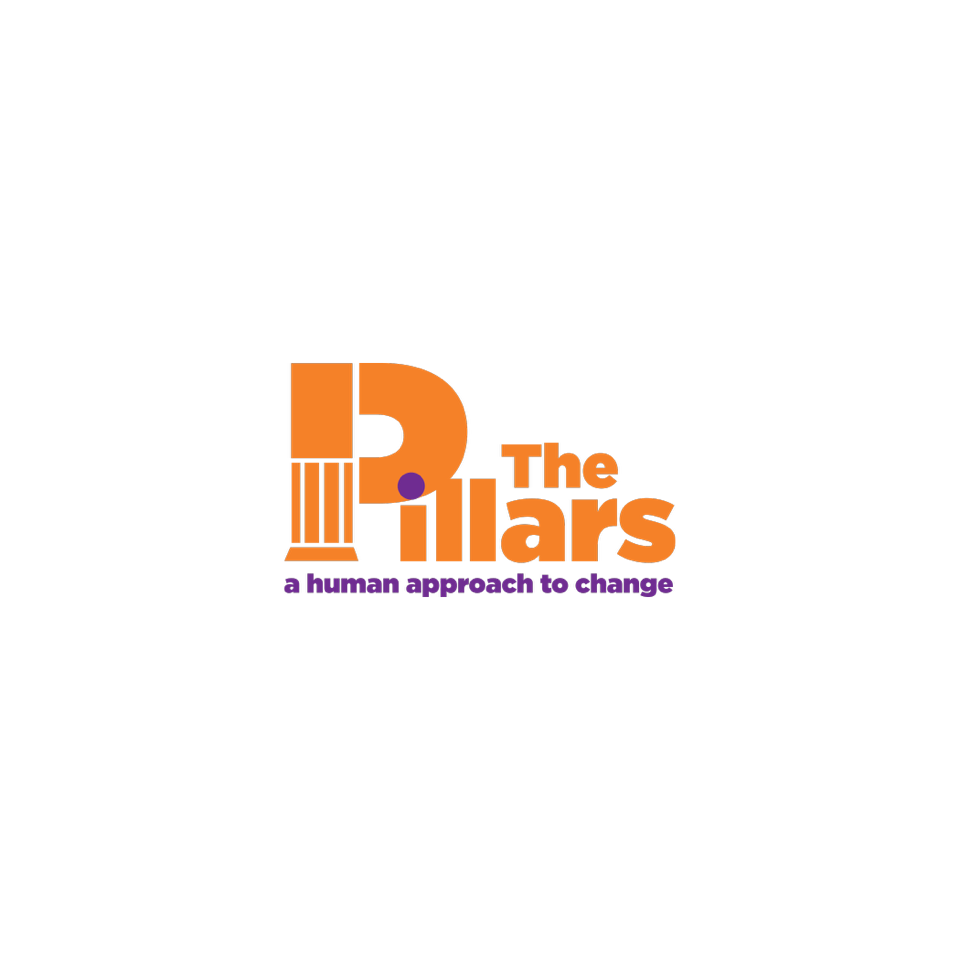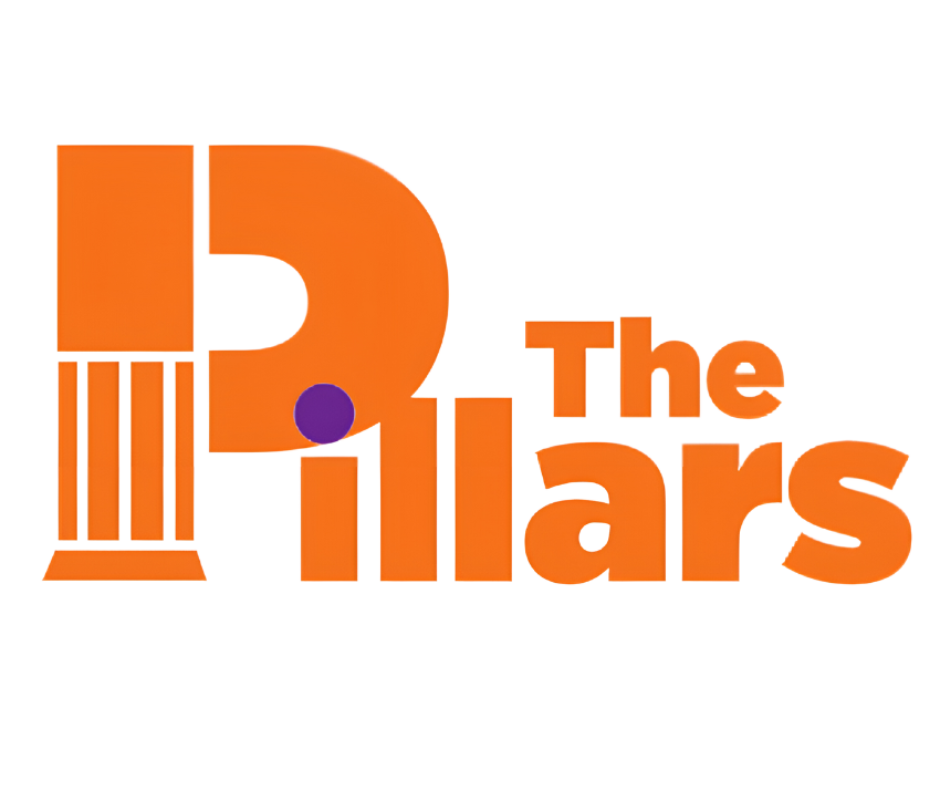Ajouter le slogan de l'entreprise
Écrivez quelques mots sur l'entreprise ou le service

Executive Summary You've built something truly special, and the thought of selling brings both anticipation and apprehension. We’ve acknowledged the profound impact of cultural clashes and the silent drain of talent. Now, it's time for the ultimate roadmap. This article provides you with actionable strategies to build resilience in your organization, from proactive cultural due diligence to safeguarding invaluable knowledge. We'll also equip you to advocate for the human element with your other trusted advisors. By prioritizing people, you ensure a smoother transition, protect your legacy, secure your earn-out, and create a stronger, more resilient future for the company you've poured your life into. You’ve built something remarkable, something that is more than just a business; it’s a living entity, infused with your values and the dedication of your team. We’ve acknowledged the profound impact of cultural clashes and the silent drain of talent that can threaten your company’s very soul during an M&A. It’s a lot to consider, isn't it? But here’s the good news: while the challenges are real, so are the solutions! It’s time to move from understanding the risks to embracing the roadmap for success. The overwhelming evidence demonstrates that the ultimate success of mergers and acquisitions is profoundly dependent on how effectively the human element is managed and integrated. The high failure rates of M&A deals, largely attributed to cultural clashes and people-related challenges, underscore that the "soft" aspects of human capital are, in fact, the "hard" determinants of long-term value creation [1, 2]. Companies effectively managing culture are "50 percent more likely to meet or exceed their synergy targets" [3]. This isn’t just about making people happy; it’s a direct, quantifiable driver of value creation and a competitive advantage. I. Bridging the Gap: Talking to Your Trusted Advisors You rely on your lawyer and your accountant. They're experts in their fields, focused on the financial and legal intricacies of the deal. But as you've keenly observed, they might not always prioritize the "people side" of M&A [4]. They might see human capital integration as an "extra expense" rather than a critical investment. So, how do you help them understand why this "soft stuff" is so vital? Here's how you can talk to your financial and legal advisors about the indispensable value of human capital integration, and why bringing in specialists is not an expense, but a strategic imperative: Frame it as Risk Mitigation: "Look, I know you're focused on mitigating legal and financial risks, and I appreciate that. But there's a massive risk that often gets overlooked: cultural clashes and talent loss. Studies show 70-90% of M&A deals fail to meet their objectives, and cultural issues are a leading cause [1, 2, 5, 6, 7]. Losing key employees isn't just a morale issue; it's a direct hit to productivity, customer relationships, and our ability to realize the very synergies we're paying for [8, 9]. Investing in human capital integration is like buying insurance against these risks. "Connect to Value Realization (and Your Earn-Out): "You've helped me structure this deal with an earn-out, which means my final payout is tied to the company's post-merger performance [4]. If our people are disengaged, if key talent leaves, or if the cultures clash, that directly impacts productivity, sales, and ultimately, whether those earn-out targets are met [8, 9]. Bringing in experts to manage the human side isn't just about 'being nice'; it's about protecting and maximizing the financial value of this deal, for me and for the buyer." Highlight the "Hidden Costs" of Turnover: "You understand the cost of a bad contract or a missed financial detail. But have you considered the hidden costs of employee turnover? Replacing a key employee can cost 0.5 to 2 times their annual salary, not to mention lost productivity, damaged customer relationships, and the loss of invaluable 'know-how' that isn't written down anywhere [8, 9]. These are real financial impacts that can derail the entire acquisition. A proactive human capital strategy prevents these drains." Emphasize Specialization: "Just as I wouldn't ask you to handle the operational details of manufacturing, I wouldn't ask the buyer's finance team to manage complex cultural integration. This is a specialized field. Firms like The Pillars bring expertise in organizational development and change management specifically tailored to M&A. They complement your work by focusing on the human element that underpins all the financial and legal aspects." It's About Long-Term Success: "This isn't just about getting the deal done; it's about setting the combined company up for long-term success. A well-integrated culture leads to higher employee engagement, better performance, and sustained growth [1, 10]. That's what makes this acquisition truly valuable, far beyond the closing date." By framing the conversation around risk mitigation, value realization, and specialized expertise, you can help your advisors see human capital integration not as an "extra expense," but as an essential investment that protects the deal and ensures its long-term success. II. Building Resilience: Strategies for a Human-Centric M&A Integration Given the high failure rates and profound human costs associated with cultural clashes, employee turnover, and tacit knowledge loss, a proactive, human-centric approach to M&A integration isn't just advisable; it's absolutely essential for achieving sustained value creation and securing your earn-out. The overwhelming evidence of M&A failures [1, 2, 5, 6, 7] and the substantial financial costs of employee turnover and knowledge loss [8, 9] clearly demonstrate that neglecting the human element leads to massive financial detriment. Conversely, research shows that companies effectively managing culture are "50 percent more likely to meet or exceed their synergy targets" [3]. This indicates that investing in cultural due diligence, transparent communication, and robust talent/knowledge retention isn't merely a risk-mitigation strategy or a "nice-to-have" HR function; it's a direct, quantifiable driver of value creation and a competitive advantage. This means M&A strategies must fundamentally reframe human capital management from a reactive cost center to a proactive, strategic imperative that directly contributes to the deal's financial success and long-term viability. This necessitates allocating significant resources, leadership attention, and time to these "soft" areas from the very inception of the M&A process, recognizing them as critical investments rather than discretionary expenses. Prioritizing Cultural Due Diligence and Integration Planning Early Assessment: It's crucial to assess the culture of each business before the deal is struck. Companies are "often surprised by the results of cultural due diligence" [1, 4]. This involves identifying shared values and differences [1, 10] but it's important not to exaggerate differences or categorize them as "good" versus "bad" cultures, as both can have unique strengths that can be leveraged [3, 10]. Dedicated Integration Team: Establish a dedicated integration team to oversee cultural alignment from the outset [1, 10]. This team should be empowered with resources and a critical role in achieving integration goals, ensuring that cultural considerations are not an afterthought [2, 10]. Defining New Culture: Define a set of desirable cultural attributes for the new, combined entity [2, 10] and articulate a clear "change story" to plot the desired cultural transformation [3, 10]. This program must be interwoven with all integration initiatives and resonate with people on a personal level, requiring both rational and emotional engagement throughout the change management process [3, 10]. HR's Strategic Role: Human Resources plays a crucial role in mitigating cultural risks and building cohesion and clarity post-deal [1, 11]. HR professionals are uniquely positioned to assess cultural compatibility, facilitate communication, and design retention strategies [1, 11]. Transparent Communication and Employee Engagement Open and Consistent Dialogue: Companies must communicate openly, honestly, and consistently throughout the M&A process [1, 10, 12]. This includes providing regular updates through town halls, emails, and Q&A sessions, ensuring employees feel informed rather than left in the dark [1, 10, 12]. Overcommunication: Overcommunicating early and often is vital, as employees tend to fear uncertainty more than change itself [1, 10]. Setting expectations with a clear timeline of what is changing and when is key to alleviating anxiety and preventing rumors from taking hold [12, 13]. Two-Way Feedback: Create an ongoing dialogue that allows employees to ask questions and voice concerns [1, 10, 12, 14]. Actively listen to employee feedback through surveys, feedback meetings, and one-on-one check-ins, and crucially, act on that feedback to reassure employees their voices matter and that their input is valued [1, 10, 12, 14]. Building Trust: Transparent communication helps build trust and provides clear guidance, making employees feel more secure and committed to the new organization [1, 10, 12]. This trust is foundational for successful integration. The research consistently highlights a complex, interdependent relationship between cultural clashes, communication breakdowns, and challenges in knowledge transfer. For instance, cultural differences [1, 10, 15] can lead to trust issues [1, 10, 15], which in turn make employees reluctant to share valuable knowledge [1, 16]. Poor or inconsistent communication [1, 10, 12, 14] fuels uncertainty, prompting employees to hoard information for perceived job security [1, 16]. This implies that these issues are not isolated problems to be solved independently but are deeply interwoven. Effective M&A integration, therefore, requires a holistic and integrated approach. Solutions must address the "people, process, culture, and enabling technologies" [17] in concert. Strategic Talent Retention and Knowledge Management Initiatives Talent Retention: Job Security and Roles: Provide reassurance about job security and roles [1, 12]. Be honest about potential restructuring and offer supportive transition plans, such as severance or outplacement services, if layoffs are unavoidable [1, 12]. Clarify new expectations, responsibilities, and career development opportunities for remaining employees [1, 10, 12, 18, 19]. People need to know where they stand to do their best work [1, 12]. Cultural Reinforcement: Reinforce company culture and values by focusing on shared values, involving employees in deciding which cultural aspects stay and evolve, and maintaining popular aspects of each culture to make the change feel more inclusive [1, 12]. Leaders should lead by example and embody the new culture [1, 10, 20]. Incentives and Development: Implement structured retention programs, including bonuses, career development opportunities, and clear role expectations, to reduce uncertainty and instill confidence [1, 10, 12, 18, 19, 21]. Recognize employees for their efforts, as this significantly increases engagement and reduces turnover [1, 10, 21]. Managerial Preparedness: Equip managers with essential change management skills to effectively address employee concerns and guide their teams through the transition [1, 10, 22]. Knowledge Management: Knowledge Audit: Begin any knowledge transfer plan with a thorough knowledge audit to inventory existing knowledge assets, identify where they are stored, who has access, and where gaps exist [1, 16]. This initial step is critical for understanding what knowledge is at risk. Proactive Documentation: Businesses must proactively encourage their people to document their knowledge and make it easy to do so, preventing the loss of valuable information, especially when key people leave [1, 16]. This shifts reliance from individual memory to accessible organizational knowledge. Tacit Knowledge Transfer Methods: Explore creative methods for transferring tacit knowledge, such as structured training sessions, informational interviews, and mentorship programs [1, 16, 17, 23]. Fostering a culture of continuous learning and knowledge sharing is a top priority, ensuring that experiential knowledge is passed on effectively [1, 23]. Systems and Culture: Invest in structured knowledge acquisition processes and knowledge management systems [1, 23]. Simultaneously, address employee resistance to sharing knowledge by creating an environment where employees feel valued, secure, and incentivized to contribute their expertise [1, 16, 23]. III. Your Company: Before & After Intervention Let's visualize the impact. This isn't just about abstract concepts; it's about the tangible difference a human-centric approach can make for your company.
Liste des services
-
Élément de liste 1 Rédigez une description pour cet élément de liste et incluez des informations susceptibles d'intéresser les visiteurs du site. Par exemple, vous pouvez décrire l'expérience d'un membre de l'équipe, la spécificité d'un produit ou un service unique que vous proposez.Élément de liste 1
-
Élément de liste 2 Rédigez une description pour cet élément de liste et incluez des informations susceptibles d'intéresser les visiteurs du site. Par exemple, vous pouvez décrire l'expérience d'un membre de l'équipe, la spécificité d'un produit ou un service unique que vous proposez.Élément de liste 2
-
Élément de liste 3 Rédigez une description pour cet élément de liste et incluez des informations susceptibles d'intéresser les visiteurs du site. Par exemple, vous pouvez décrire l'expérience d'un membre de l'équipe, la spécificité d'un produit ou un service unique que vous proposez.Élément de liste 3
-
Élément de liste 4 Rédigez une description pour cet élément de liste et incluez des informations susceptibles d'intéresser les visiteurs du site. Par exemple, vous pouvez décrire l'expérience d'un membre de l'équipe, la spécificité d'un produit ou un service unique que vous proposez.Élément de liste 4
Gagnez du temps
Gagnez du temps
Gagnez du temps
Gagnez du temps
Ajoutez un titre pour ce paragraphe
Ceci est un paragraphe. La rédaction en paragraphes permet aux visiteurs de trouver rapidement et facilement ce qu'ils cherchent. Assurez-vous que le titre corresponde au contenu du texte.
Ajoutez un titre pour ce paragraphe
Ceci est un paragraphe. La rédaction en paragraphes permet aux visiteurs de trouver rapidement et facilement ce qu'ils cherchent. Assurez-vous que le titre corresponde au contenu du texte.











